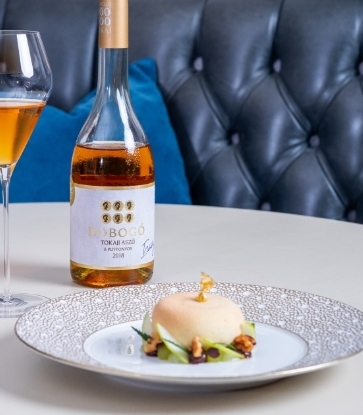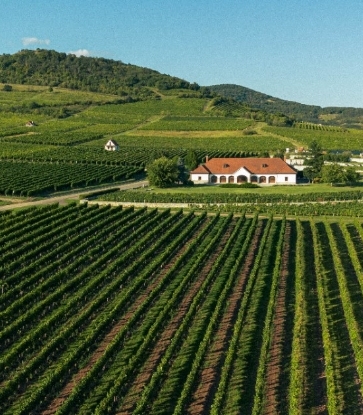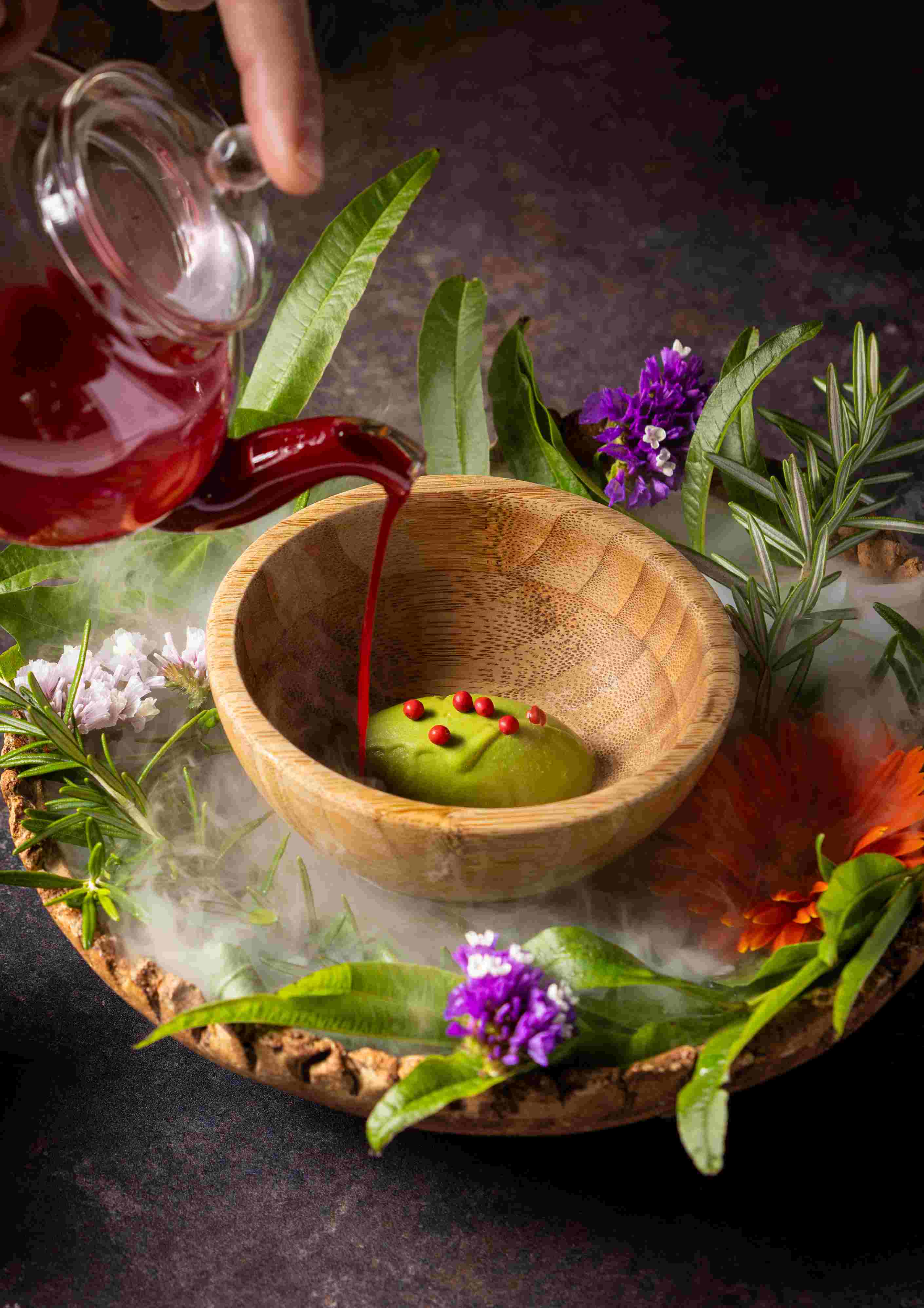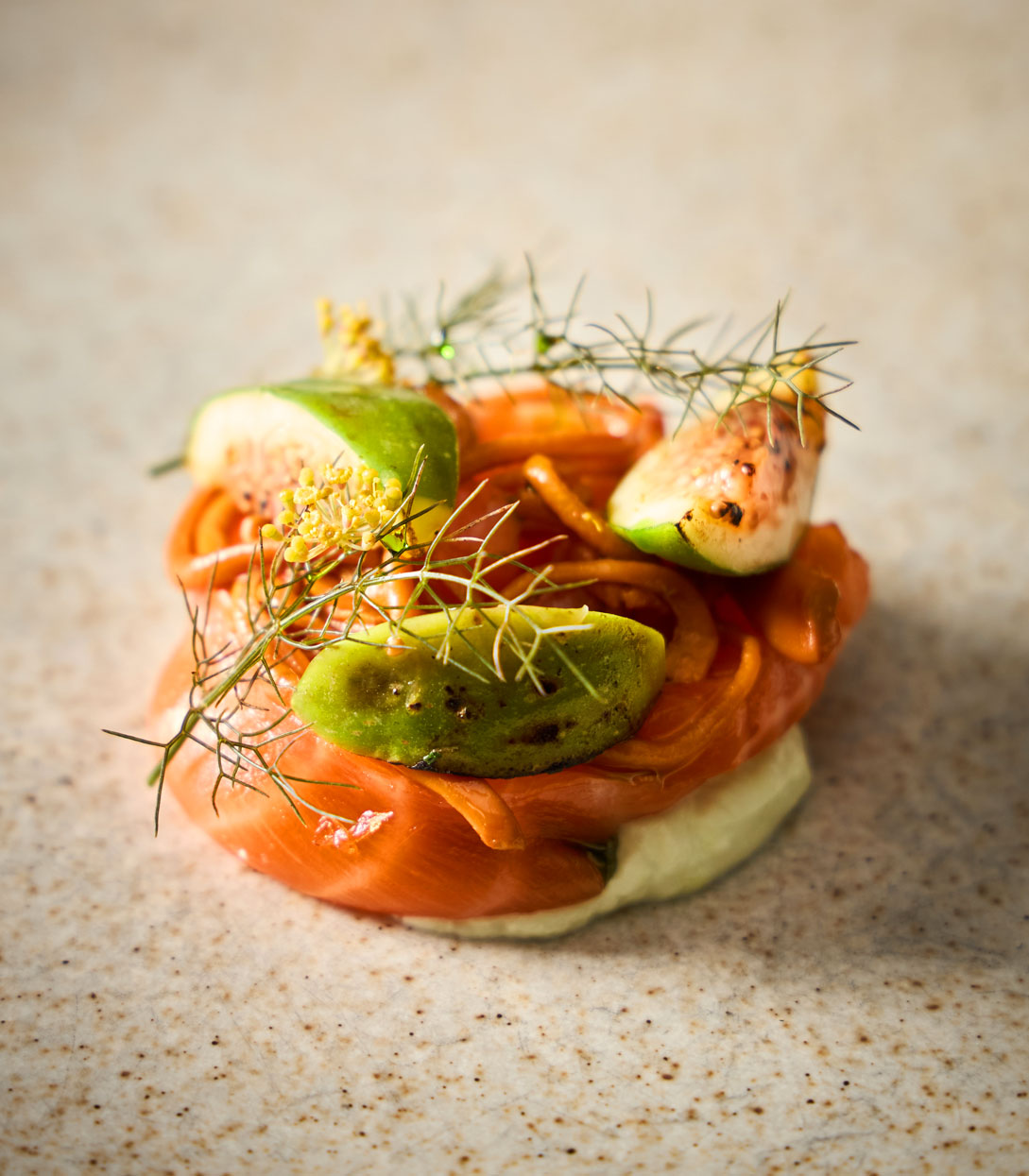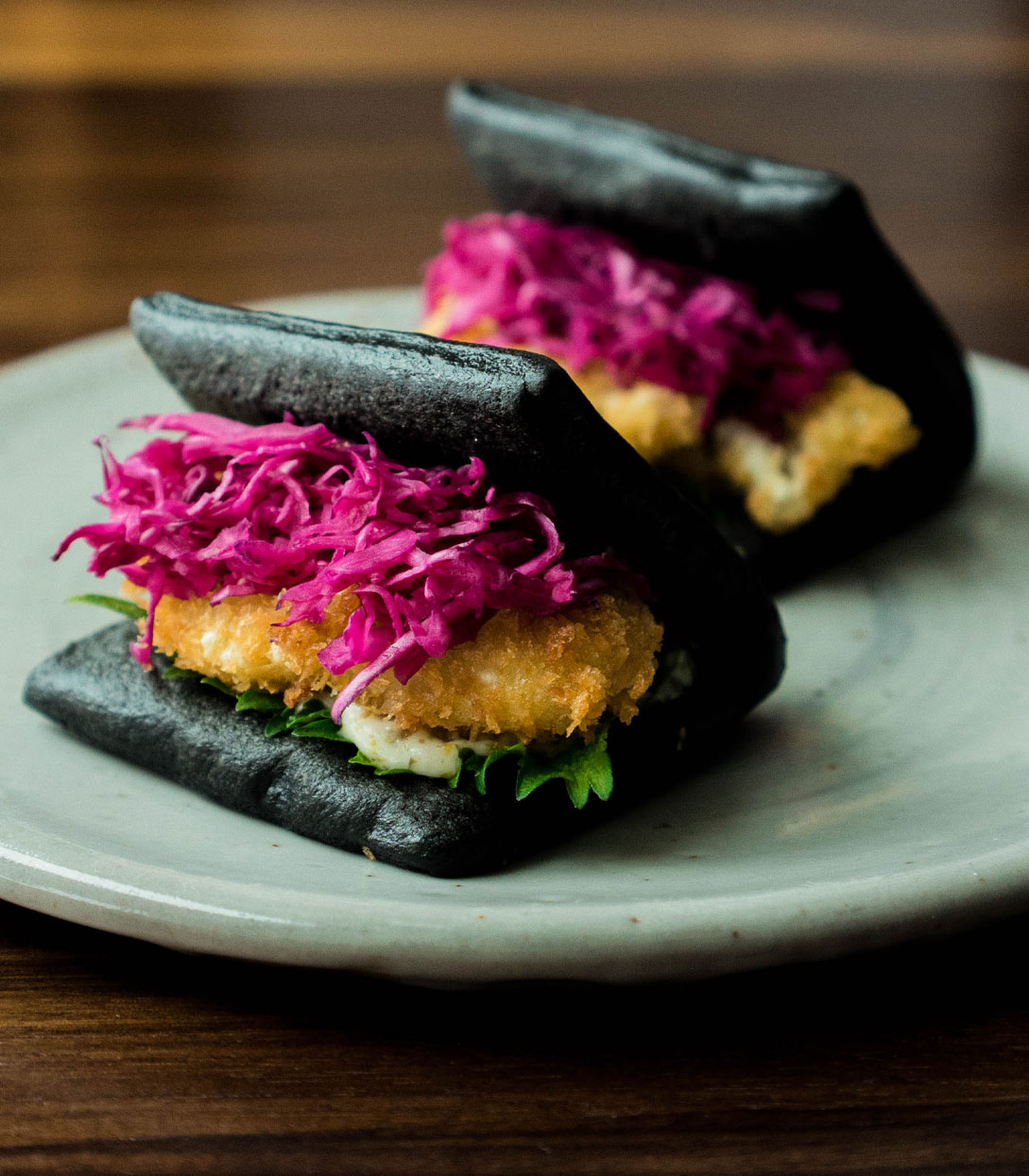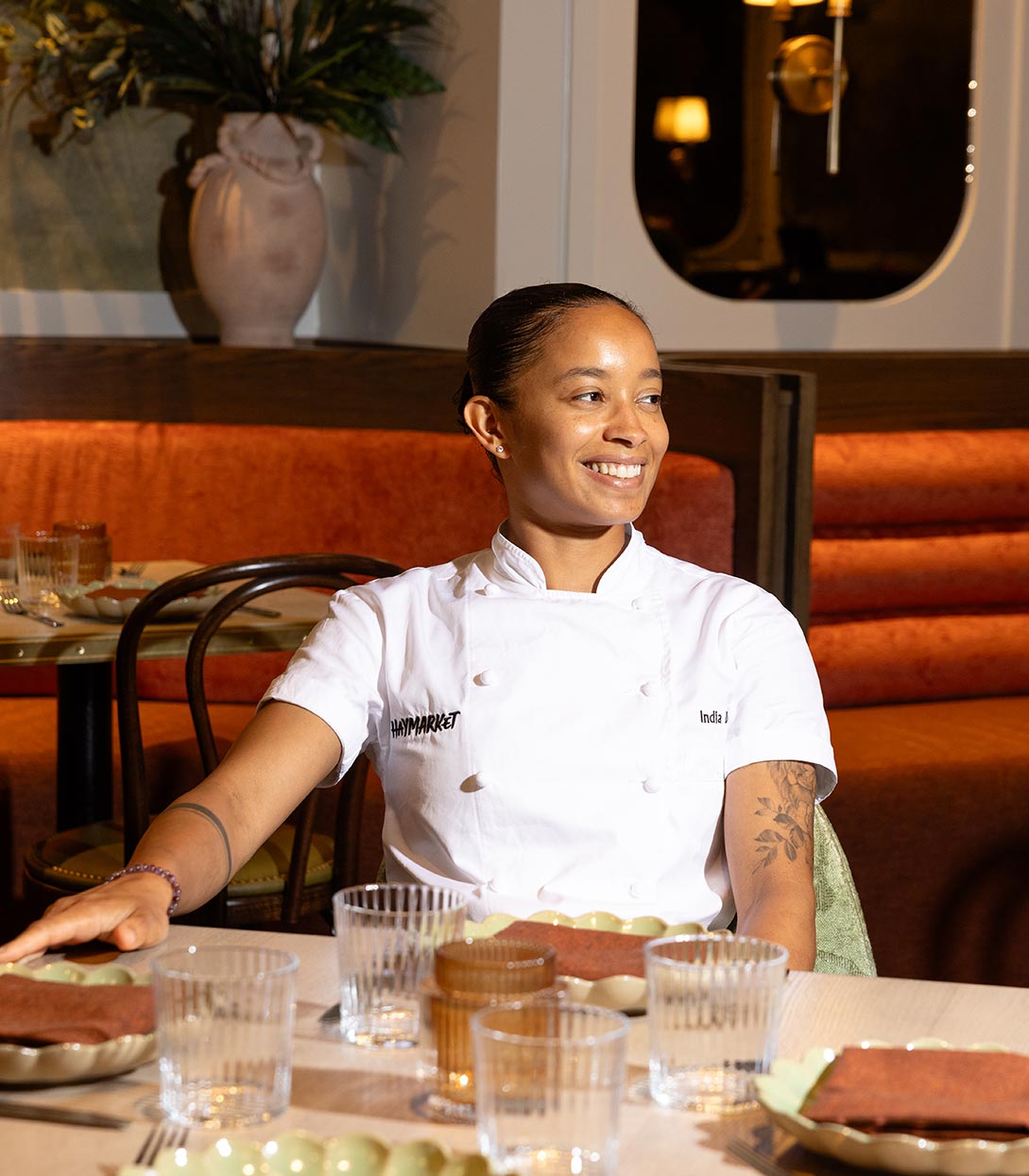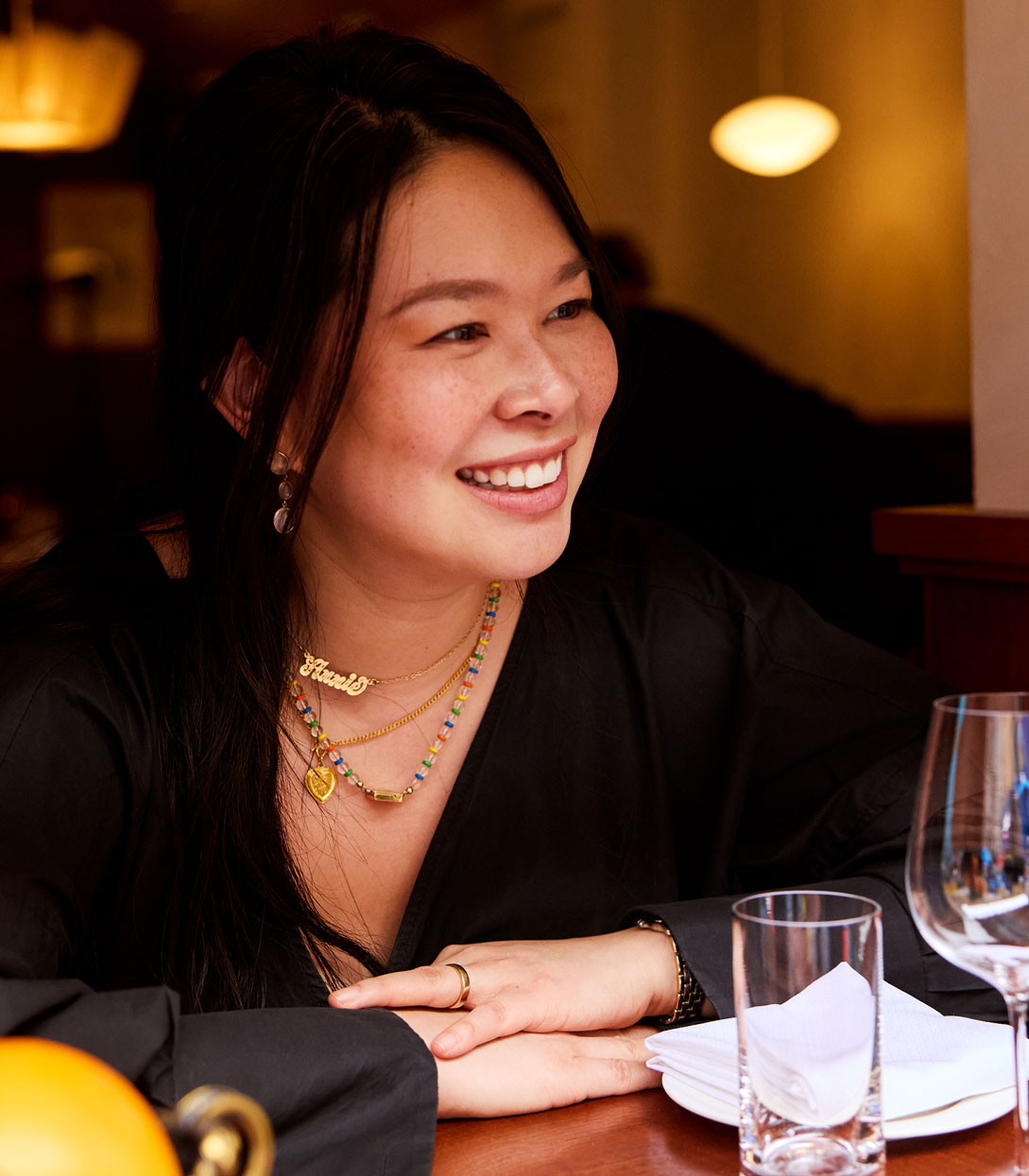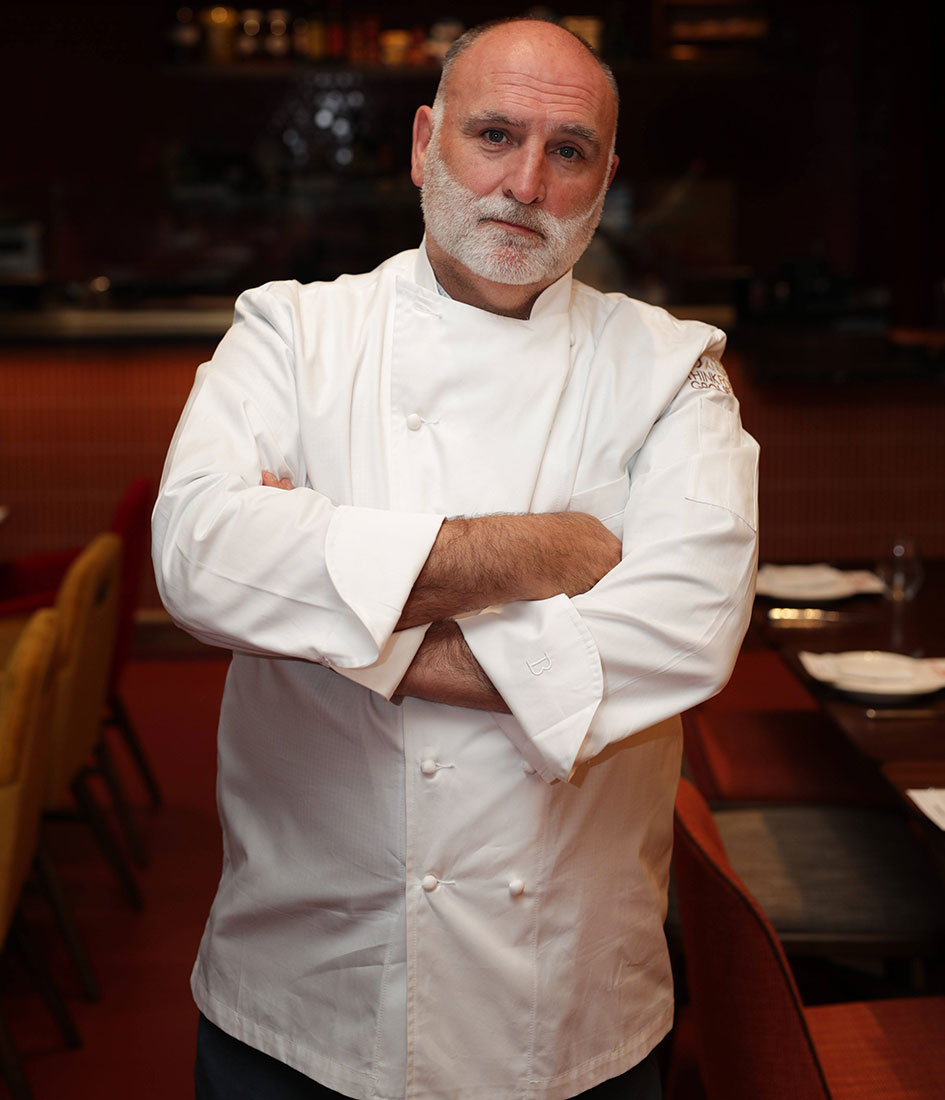Besides antioxidants with health benefits (when drunk in moderation), wine can also be a fantastic investment decision. But from regions to different varieties, building your own personal wine collection can be a daunting task. That’s why we took it upon ourselves to ask the experts at Wine Access for the ABC’s on which bottles to invest in, what to look for, and everything in between.
And in case you missed it, here’s everything you need to know about organic wines and how to pick the perfect bottle of bubbly.
Where does one begin when starting to build a wine collection?
First, start with wines or regions that you enjoy. Wine is about pleasure, and your collection should be filled with things that you’d be excited to open but willing to store. Buy more than you plan to drink in the short term—these are wines that will rest in your cellar, waiting for the right occasion.
What should one look for?
Focus on regions and varieties that have ageability. For regions, look for Bordeaux, Napa, Barolo, Barbaresco, Montalcino, and Burgundy. Varieties and styles include Cabernet, Nebbiolo, Sangiovese, Pinot Noir, Riesling and dessert wines. Also, vintage champagne is often built to last.
Who are the ‘blue chip’ producers that will always retain or increase in value?
I would personally advise against storing for profit. However, Burgundy, Bordeaux, and top Napa Cabernet can hold value more than others. Some producers to note are Domaine de la Romanee-Conti, Henri Jayer, Domaine Leflaive, Domaine Leroy, Petrus, the five first-growth-rated estates of Bordeaux, Petrus, Château La Mission Haut Brion. Domestically, look for Screaming Eagle, Marcassin, and Harlan Estate.
These are all well established producers that continue to garner praise and adoration, not to mention they all make outstanding wines to open and enjoy.
Who are the new names that collectors should look at?
We are excited about Pas de Cheval, a new trio of wines crafted by Maayan Koschitzky. The very first vintage (2019) made the list—and is still on the list—at The French Laundry.
What are some wines that collectors or investors should buy this year?
The 2021 vintage of Napa Cabernet is very exciting; loads of well-deserved praise. The 2022 vintage in Bordeaux and Burgundy are also expected to go the distance in a cellar.
How long should someone hold onto a bottle? When should they open a bottle?
This depends on the bottle, the occasion, and personal preferences. High-end Napa Cabernet is perfectly delicious upon release, but can show greater complexity 5-8 years later. Great Riesling builds flavor as it ages; I wouldn’t touch a Clos Ste Hune until it is at least 10 years old (personal preference).
If someone buys a 2024 vintage, how long until it’s ready to drink?
Some regions, like Rioja, Brunello di Montalcino, Barolo, and Barbaresco by law hold back wine for years, giving them ample time in the cellar and releasing the wine when it is ready to drink.
Tannins elongate and mellow over time, so big red wines sometimes require five or more years after harvest to begin to showcase the full range of flavor and texture.


